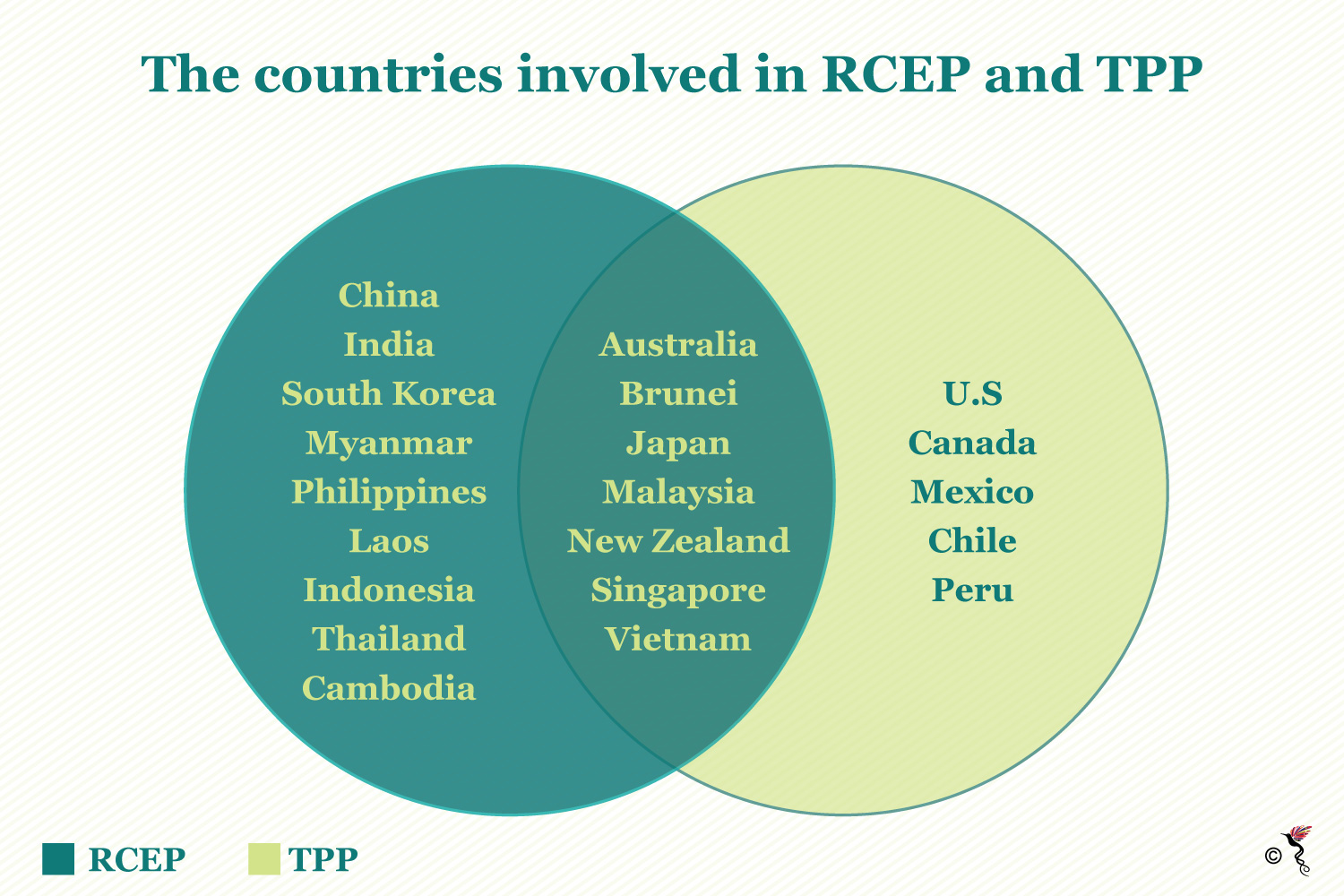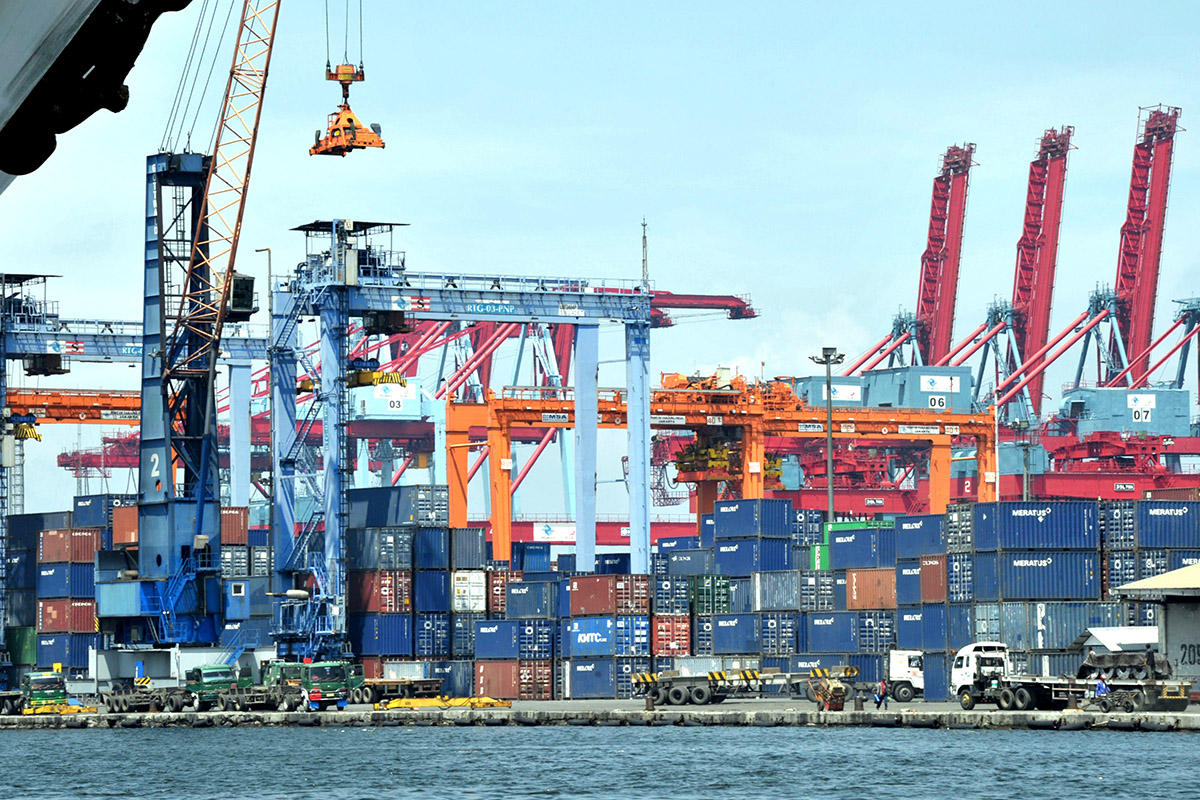The RCEP (Regional Comprehensive Economic Partnership) is a proposed FTA (free trade agreement) that was mooted in 2012 between the 10 member states of ASEAN (Association of Southeast Asian Nations) and six other economies which the region has existing FTAs with: China, India, South Korea, New Zealand, Australia and Japan. Spearheaded by ASEAN, the RCEP is aimed at boosting economic growth (especially in gross domestic product, trade and investment), economic cooperation and broadening economic integration in the region. It is also an effort to improve ASEAN's existing FTAs and CEPs (Comprehensive Partnership Agreements) with these countries.
Following the US's withdrawal from the TPPA (Trans-Pacific Partnership Agreement), the ASEAN-led RCEP became a viable alternative which focused on traditional matters such as lowering trade barriers while contrasting the TPPA which sets tighter regulations on investments, intellectual property rights and services. Collectively, the AEC (ASEAN Economic Community) and the RCEP accounts for a combined output amounting to 22.4 trillion dollars or 30.6 percent of the world's output. Total trade of the RCEP in 2015 was significant at 11.9 trillion dollars and total FDI (Foreign Direct Investment) inflows to the 16 countries totalling up to 329.6 billion dollars.

Countries involved in the RCEP and TPPA
According to Roy Anthony Rogers, University of Malaya’s Head of Department of International and Strategic Studies, the RCEP is expected to bring in economic benefits like technology transfer and job opportunities to the locals in the ASEAN region. This initiative will spur economic growth and play a role in human development.
Regional Comprehensive Economic Partnership
To date, 18 rounds of negotiations have already been held. The RCEP negotiation was launched during the 21st ASEAN Summit in Phnom Penh, Cambodia in November 2012. The 17th RCEP meeting was in Kobe, Japan from February 21 to March 3, 2017 while the 18th RCEP round was held in Manila, the Philippines in May 2017.
The ASEAN Trade Negotiation Committee was held in April 2017 in the Philippines to further firm up ASEAN’s common position on key issues based on the ministerial guidance before meeting ASEAN's FTA partners in May 2017. Efforts are being intensified to substantially conclude negotiations by the end of the year. Driven by the RCEP initiative, ASEAN’s gross domestic product is expected to grow by 5.1 percent from 2017 to 2021.
The Trans-Pacific Partnership Agreement
The TPPA is a trade agreement between 12 Pacific Rim nations – Australia, Brunei, Canada, Chile, Japan, Malaysia, Mexico, New Zealand, Peru, Singapore, the US and Vietnam – which represent a market of 800 million people with a combined gross GDP of 27.5 trillion dollars. On January 23, 2017 US President Donald Trump signed a presidential memorandum to withdraw the US from the TPPA. According to Malaysia’s International Trade and Industry Ministry, the remaining 11 countries convened a meeting on May 21, 2017 on the sideline of the APEC's (Asia-Pacific Economic Cooperation) MRT (Ministers Responsible for Trade) meeting in Hanoi, Vietnam following the withdrawal of the US from the TPPA. They reaffirmed that negotiations will continue without the US due to the economic and strategic importance of the TPPA, particularly as a vehicle for regional economic integration.
